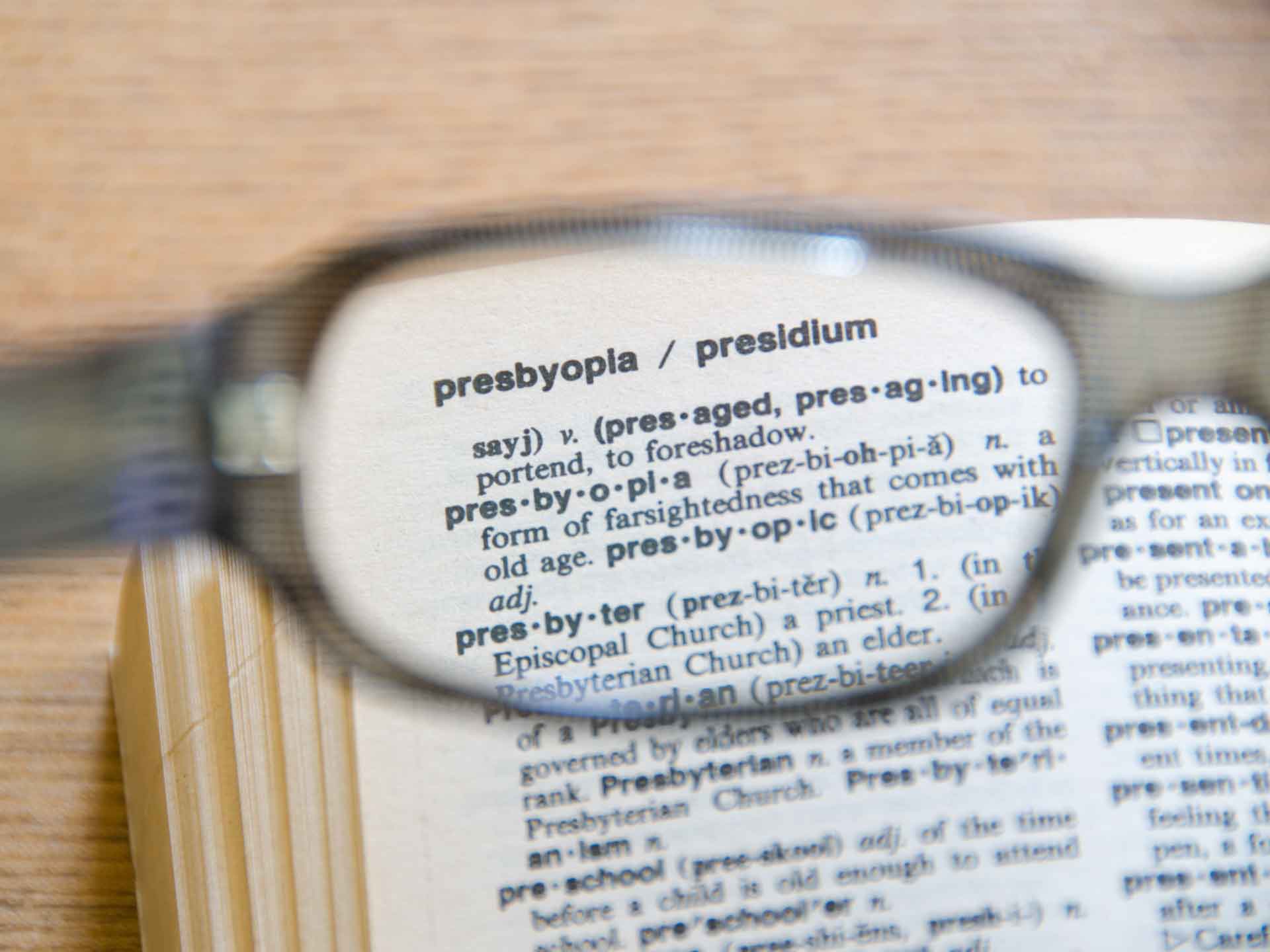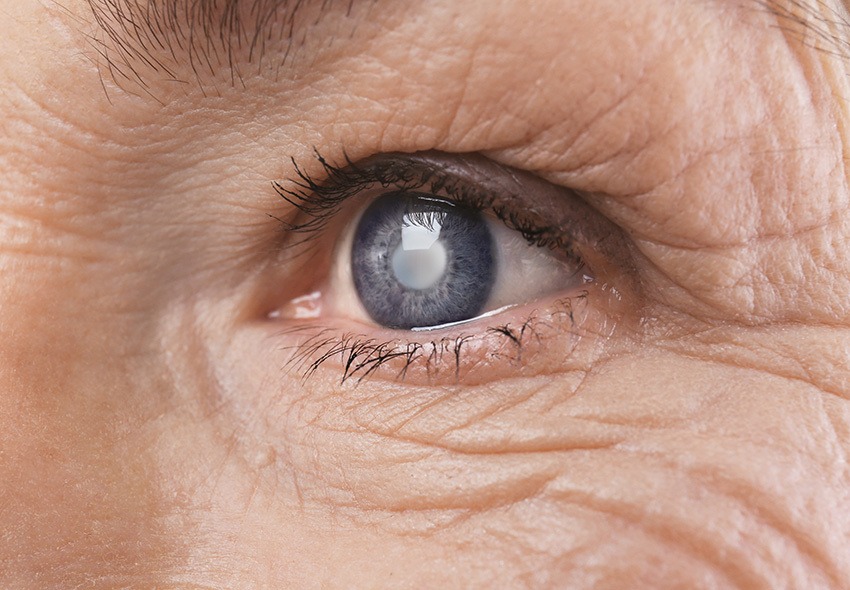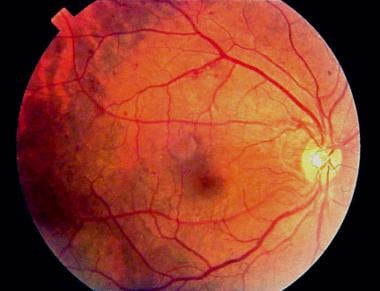COMPUTER VISION SYNDROME
As we enter the 21st century, the growsing use of computers in the home and office brings with it an increase in health risks, especially for the eyes. One eye problem, called Computer Vision Syndrome (CVS), is afflicting more and more people who find themselves constantly in front of computer screens. While eye health professionals have yet to find CVS as a cause of any permanent eye damage, the pain and discomfort associated with the problem can affect workplace performance or the enjoyment of home activities. With a few preventative measures, however, the symptoms associated with CVS can be easily erased. The General Ophthalmology Service at Scheie Eye Institute offers many techniques for preventing CVS.
Percentage
Computer vision syndrome (CVS) is the most common 21st-century occupational hazard, which affects more than 70% of all computer users . CVS is a serious public health issue that results in decreased workplace productivity, higher error rates, lower job satisfaction, and compromised visual ability.








